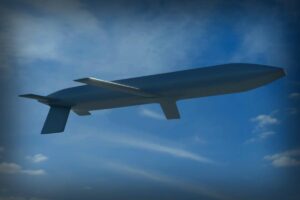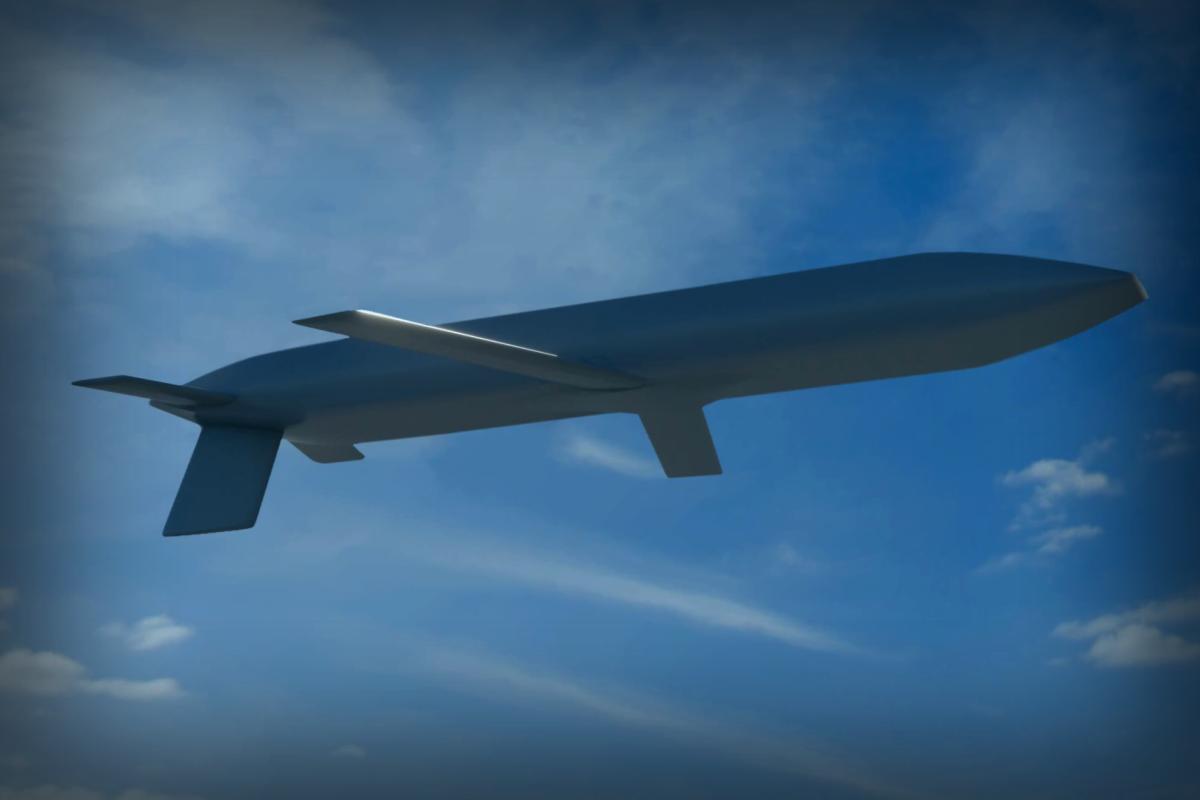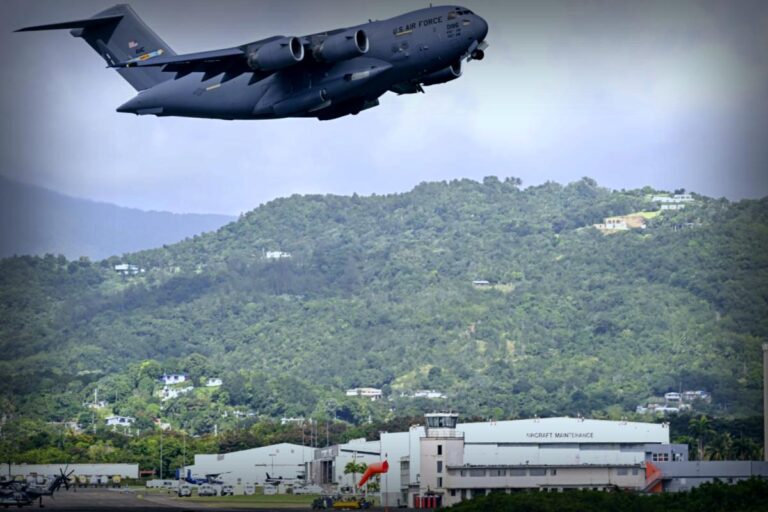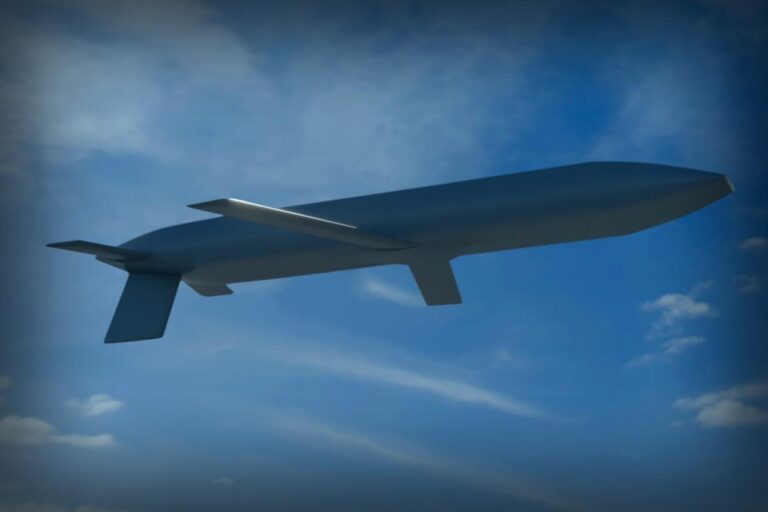The U.S. is on a mission to upgrade its nuclear arsenal as new stealth cruise missiles surface in light of rising global tensions.
Newsweek reached out to the U.S. Air Force’s Nuclear Weapons Center for further insights but has yet to receive a response.
Why This Matters
The backbone of America’s nuclear strategy is its triad: ground-launched intercontinental ballistic missiles, submarine-launched ballistic missiles, and bombers that can deploy cruise missiles as well as gravity bombs.
While the U.S. updates its nuclear capabilities, rivals like Russia and China continue to diversify their missile stockpiles with new advanced weaponry, including nuclear-powered torpedoes and global strike-capable missiles.
Amidst this modernization, Russia recently conducted tests on the Burevestnik cruise missile—a next-gen, ground-launched weapon believed to be able to carry nuclear warheads while bypassing existing defense systems.
What You Need to Know
According to a report by the aviation site, the Aviationist, a photo taken by Ian Recchio shows a U.S. B-52H bomber flying over Owens Valley in California on October 29, armed with unidentified weapons. This visual closely matches the Long Range Standoff (LRSO) render unveiled in June.
A long-range nuclear cruise missile, the LRSO is poised to take over from the older Air Launched Cruise Missile (ALCM).
The U.S. Air Force Nuclear Weapons Center emphasized that the LRSO will possess the capability to penetrate “heavily defended airspace”, responding to growing operational challenges faced by the ALCM, which has served since 1982.
With an impressive range over 1,500 miles, the ALCM is exclusively flown on B-52H bombers, which can carry upward of 20 missiles, as per the Federation of American Scientists.
Plans are in place for the Air Force to acquire 1,087 LRSO missiles for the B-52H and the upcoming B-21 bombers, with each missile projected to cost about $14 million, according to the U.S. Government Accountability Office.
The Pentagon revealed in an April 2023 report that LRSO has successfully completed nine key flight tests, hitting all targets, with initial deployment expected by May 2030.
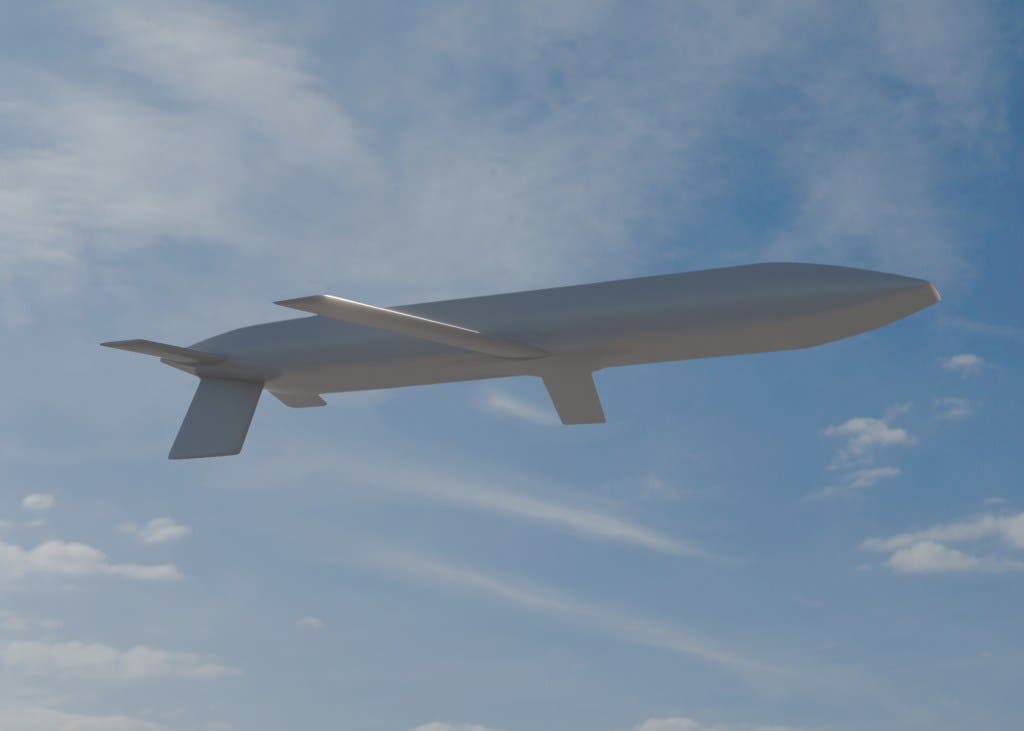
Back in 2020, Raytheon, part of RTX Corporation, was tapped as the sole contractor for the LRSO program following a competitive evaluation process against Lockheed Martin.
As of now, RTX Corporation hasn’t responded to requests for comments regarding the LRSO.
What’s the Buzz?
According to the U.S. Government Accountability Office’s report: “The Air Force is designing the LRSO to be a long-range, survivable nuclear-capable cruise missile meant to bypass cutting-edge aerial defense systems. When incorporated into the mix of both current and future bombers, the LRSO will enhance the nuclear triad’s capabilities.”
The Federation of American Scientists have noted: “Supporters point out that a nuclear cruise missile is essential for bombers to reach targets outside the operational reach of both existing and future enemy defensive systems. These missiles are also vital for giving U.S. leaders strategic options in controlled regional situations.”
What’s Next?
It’s still unclear if the U.S. Air Force will provide more specifics about the LRSO. Meanwhile, they’re also updating the country’s intercontinental ballistic missile systems, including plans to replace the current Minuteman III with a new model, Sentinel.




